Józef Brandt
Mediathek Sorted
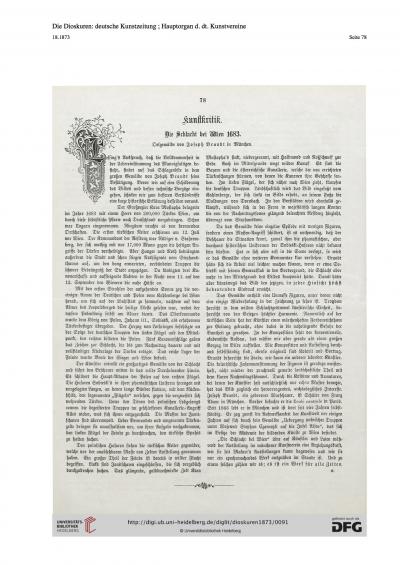
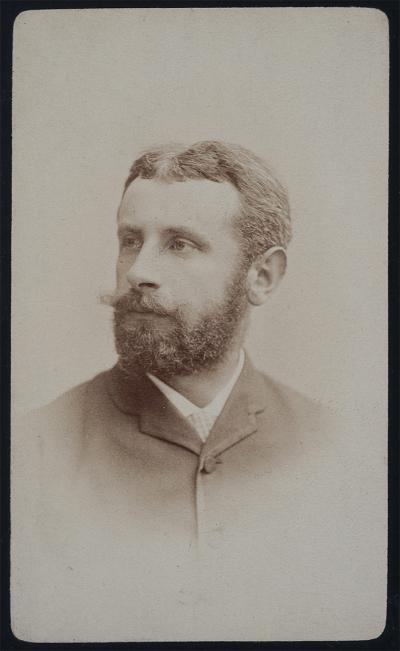
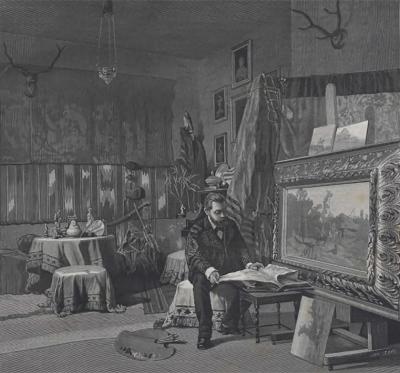
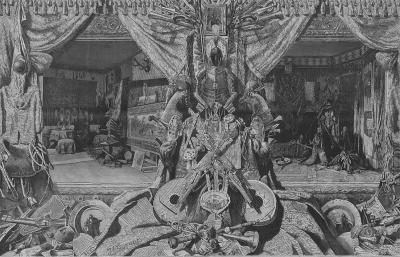
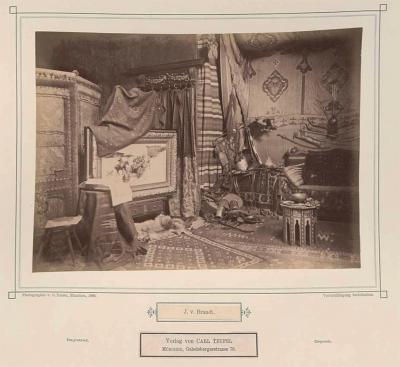
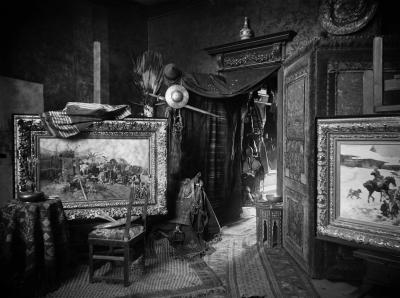
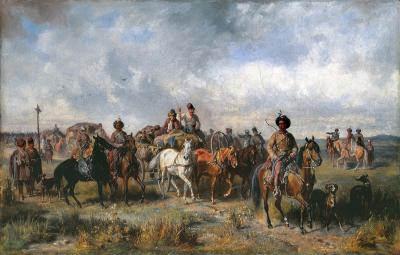

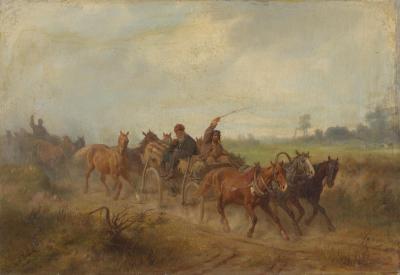
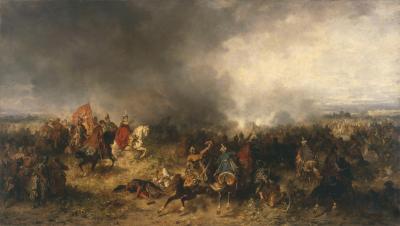
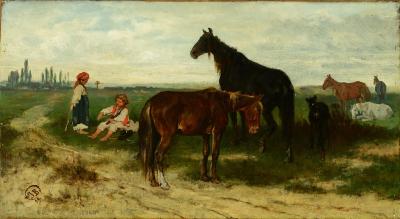
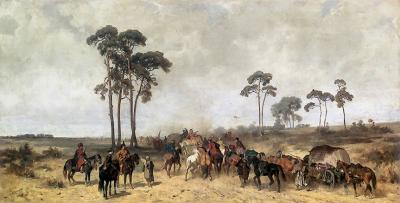
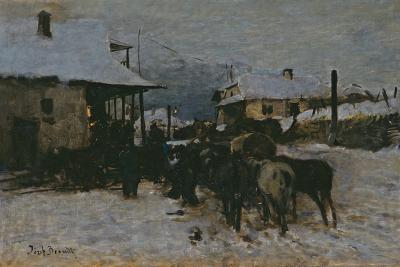
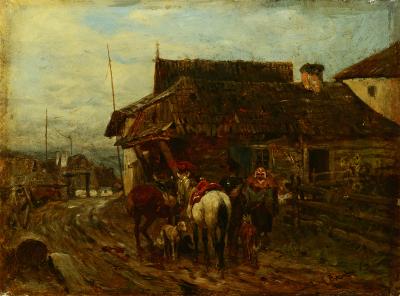
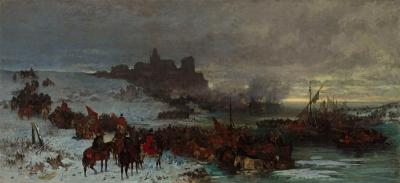
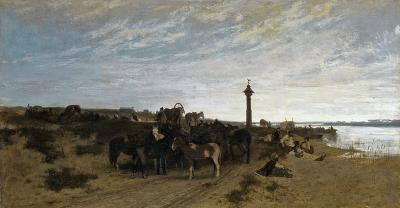
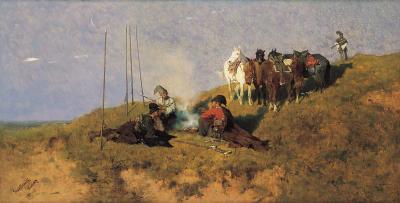
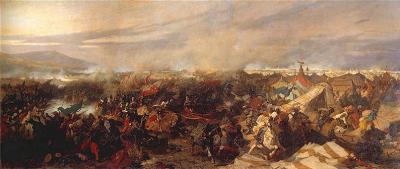
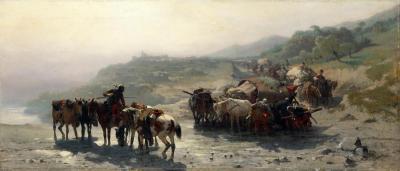
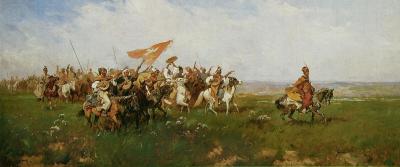

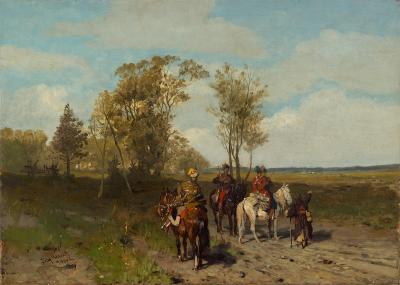
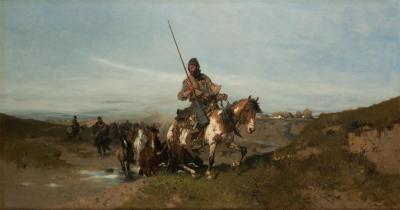
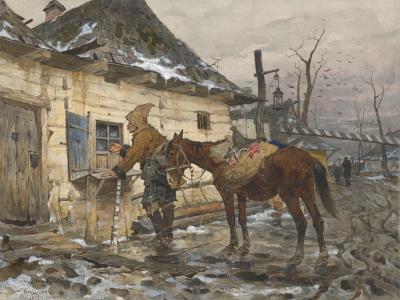
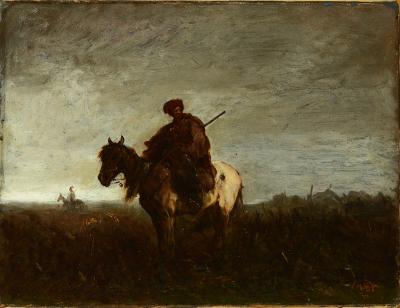
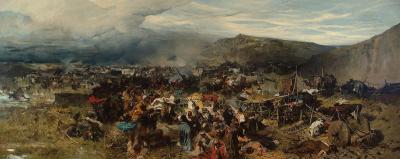
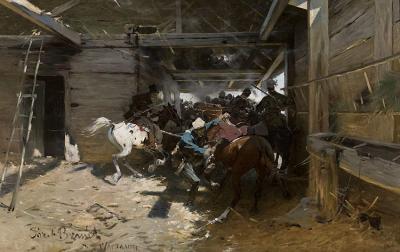
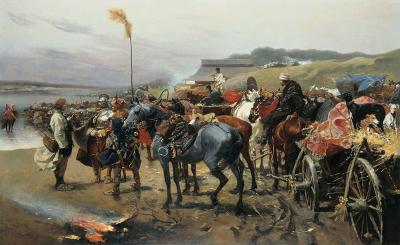
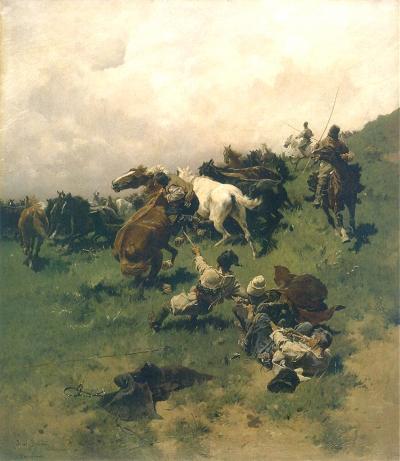
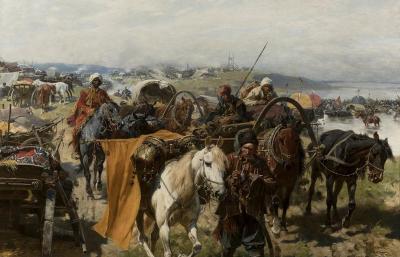
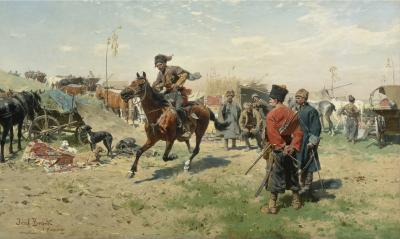
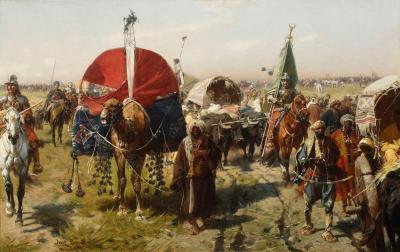

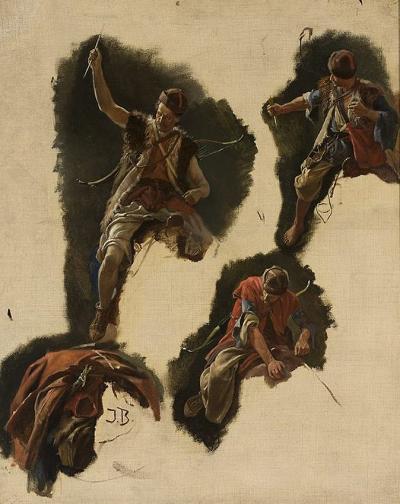
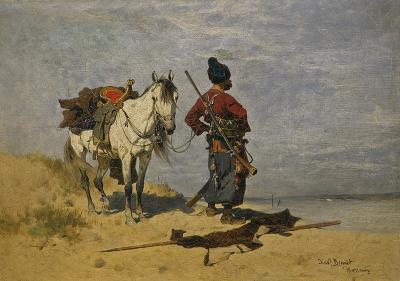
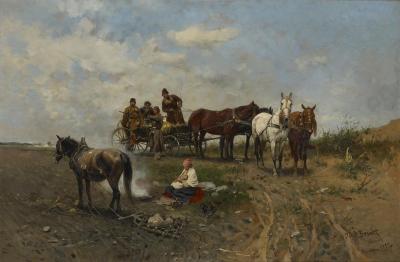
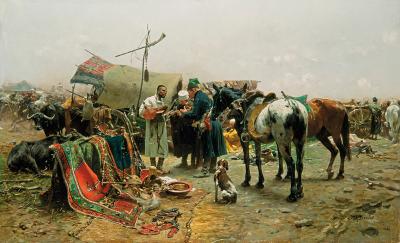
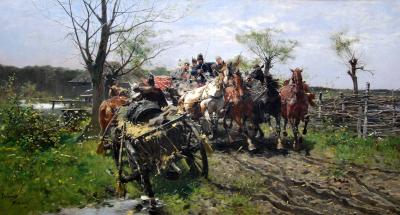

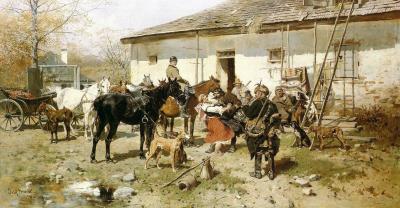
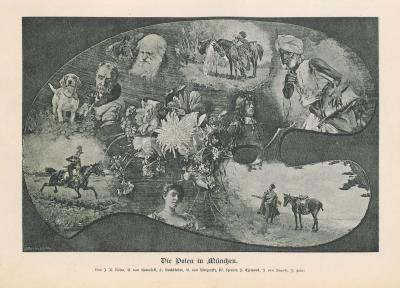
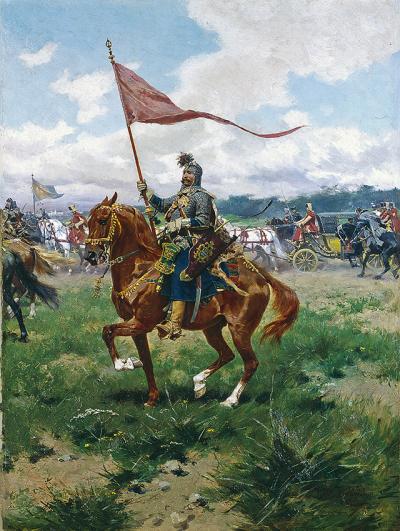
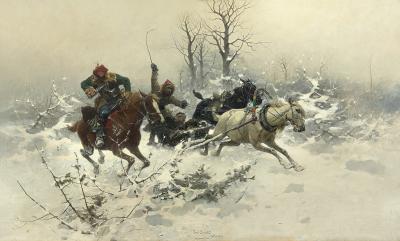
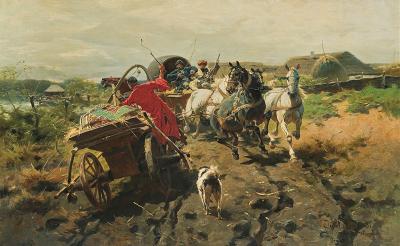
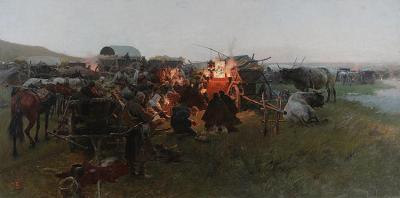
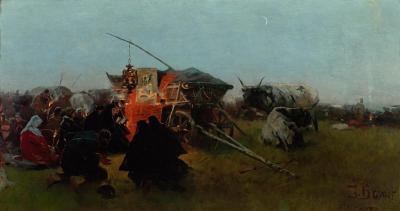
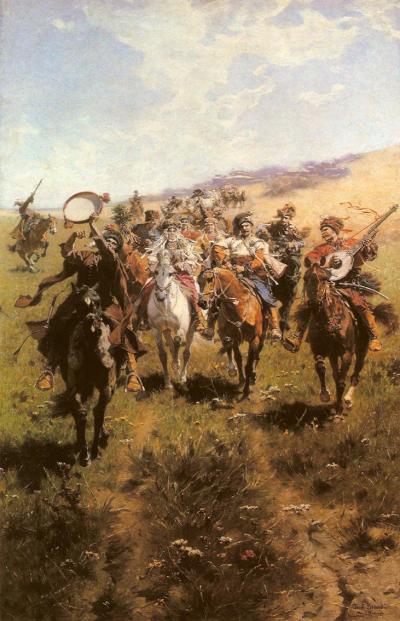
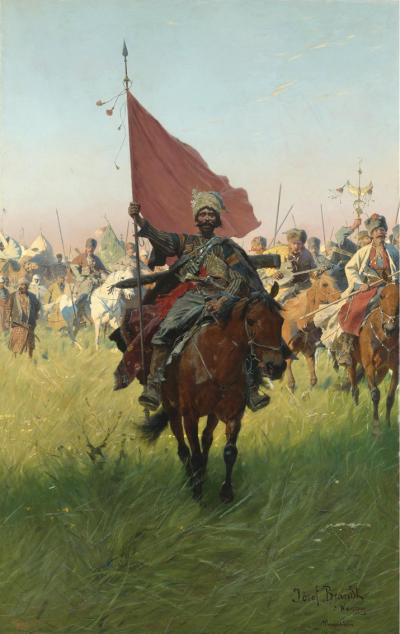
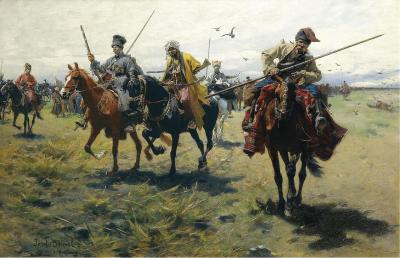
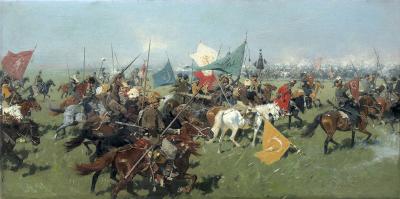

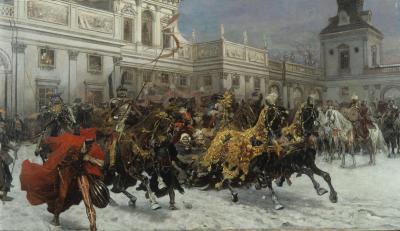
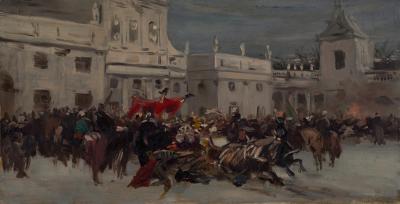

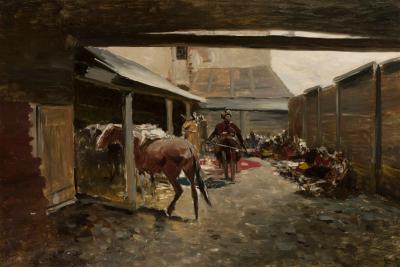
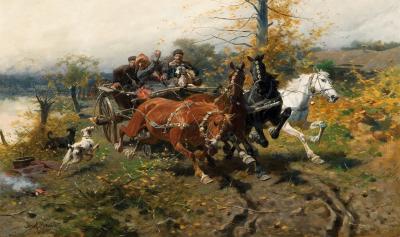
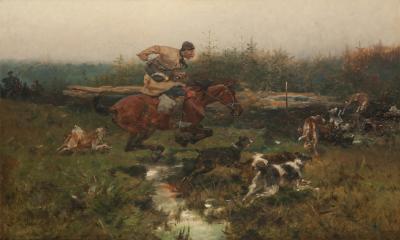
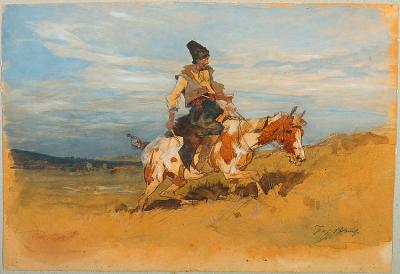
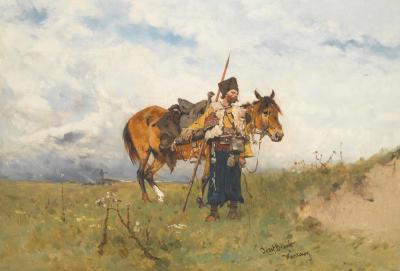
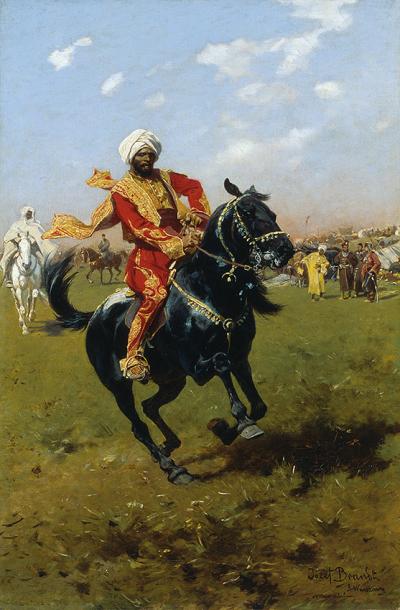
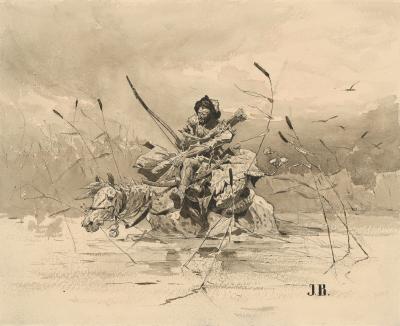
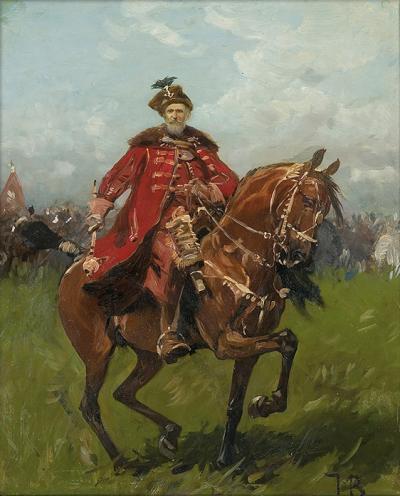




Józef Stanisław Brandt grew up in a wealthy aristocratic Polish family, where academic studies, cultural education in the form of music, literature and fine arts and the possession of agricultural goods were taken for granted. He was born on 11th February 1841 in the small town of Szczebrzeszyn, fifty kilometres south-east of Lublin, where his father worked as chief physician in a hospital. His grandfather, Franciszek Antoni (1777-1837), a physician and professor of anatomy, had earned an extremely distinguished record in Warsaw's health care system, and been elevated to the nobility. During his high school and university years, his father Alfons Jan (1812-1846), belonged to a circle of young aristocrats around the composer Frédéric Chopin. He also became a doctor of medicine and surgery, but died at the age of 34 during a typhoid epidemic when Józef was five years old. His mother, Anna Krystyna (1811-1878), raised her son in Warsaw, supported by her brother Stanisław Lessel, the owner of the estate and a horse lover, her brother-in-law, the doctor Adam Bogumił Helbich, and Józef's godfather, Count Andrzej Zamoyski. His mother was already a talented amateur painter; and his uncle Lessel also painted, kept up close contacts with artists and owned an art collection. Helbich, who leased his Konary estate at Radom to Lessel, was also an art collector. The grandfather on his mother's side, Friedrich/Fryderyk Albert Lessel (1767-1822), an architect from Dresden, was a master builder in Warsaw who designed aristocratic residences and blocks of apartments for the upper-classes.[24]
Józef spent his summer holidays with the Lessels on the Konary estate[25] or on the Orońsko estate with his school friend Aleksander Pruszak (1837-1873), whose father was also a member of the circle around Chopin. Even as a boy he was a passionate rider. He completed his secondary school studies with distinction at the Warsaw Aristocracy Institute (Instytut Szlachecki) in 1858. The following year, Zamoyski sent him to study engineering at the École Nationale des Ponts et Chaussées in Paris, but he abandoned this after one year in order to to study painting. Armed with a letter of recommendation from Lessel he contacted the painter of hunting, battle and horse scenes, Juliusz Kossak (1842-1899), who had studied in Lemberg at the painting school of Jan Maszkowski (1793-1865) and lived in Paris between 1855 and 1860. Together with Kossak he visited the Paris museums and probably received his first painting lessons. He also studied under the historical painter Léon Cogniet (1794-1880) and under his pupil, Henryk Rodakowski (1823-1894) from Lemberg. Together with Kossak he travelled on several occasions to study painting in Wolhynia, Podolia and Bessarabia. In Paris and Warsaw he met the portrait painter Józef Simmler (1823-1868), who was eighteen years his senior, and studied in Munich from 1840 onwards with Julius Schnorr von Carolsfeld (1794-1872), among others. Simmler, Kossak and Lessel encouraged Brandt to continue his studies in Munich. The capital of the Kingdom of Bavaria was known for the high quality of its artistic education at the Academy of Fine Arts, for its important art collections and the liberal attitudes of the population. This explains why numerous Poles were studying art in Munich.[26]
[24] Tomasz Adam Pruszak: Józef Brandt w kręgu rodziny i przyjaciół/Józef Brandt with his family and friends, in the Orońsko exhibition catalogue 2015 (see further reading), page 53-55
[25] Now the Pałac Domaniowski, http://www.polskiezabytki.pl/m/obiekt/3976/Konary/ (called up on 14.11.2017)
[26] Axel Feuß: Polnische Künstler in München 1828-1914, at Porta Polonica, http://www.porta-polonica.de/de/Atlas-der-Erinnerungsorte/polnische-kuenstler-muenchen-1828-1914






















































































